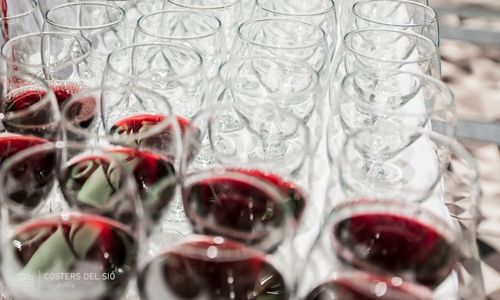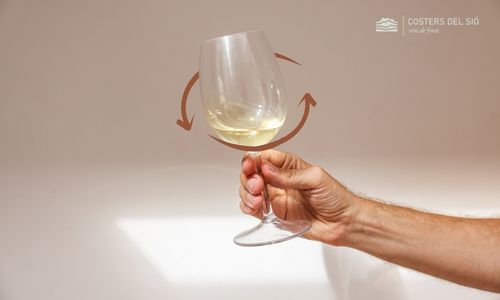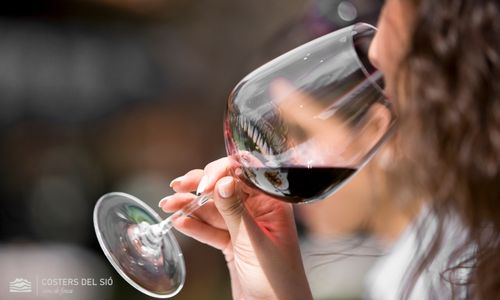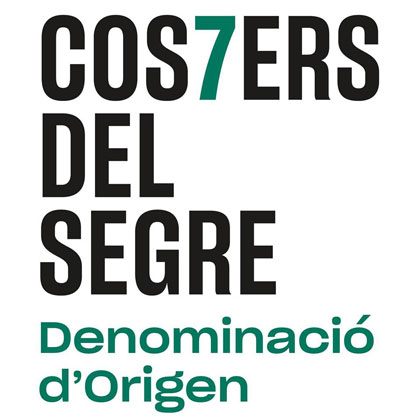No, it is not done by posturing. The main reason for "shaking" the glass of wine in the olfactory phase of the tasting is none other than to allow its aromas to increase due to the exchange of fluids between the surface and the interior of the glass. The heavier molecules wake up and give us clues to the secondary and tertiary aromas.
What is the movement of the wine glass called?
The movement that is made when we move the wine inside the glass in the olfactory phase of the tasting is called orbital movement or orbital shaking. Well done and for chemical reasons, this movement contributes to improving the tasting of the wine. As you swirl the wine, the molecules break up over the pores of the glass, allowing more aromas to be released. It also allows some oxygen to enter the wine, which will help its aromas to open up.
However, it is interesting in a tasting to begin by smelling the wine with the glass still, in order to perceive the primary aromas, since they are more volatile and do not require us to move the glass to perceive them.
Filling the wine glass at a tasting
The wine glass should not be filled more than 1/3 of its capacity and never more than half. On the one hand, this reduces the possibility of a possible spill and also leaves enough space for the aromas of the wine to concentrate inside the glass. At the same time, and no less important, enough space is left to introduce the nose and capture its aromas comfortably.

How to do the orbital shaking of the wine glass?
Slightly twist the stem of the glass, keeping the bottom on the table if you're worried about spilling the wine.
The recommended thing is to rotate the wine glass with small circular movements and in an anti-clockwise direction. The movement starts slowly and then the speed of the rotation increases, until you can see how the wine inside the glass is stirred, at different rates.

Orbital shaking of the wine glass
The rotation of the glass allows us to appreciate certain nuances. As we said at the beginning, the main reason for "shaking" the glass of wine is that its aromas are increased due to the exchange of fluids between the surface and the interior of the glass. The heavier molecules "wake up" and give us clues to the secondary and tertiary aromas. In this way, a greater release of volatile compounds is achieved, which come into contact with the olfactory bulb.
The viscosity of the wine
The viscosity is also noticeable when the wine has moved. Viscosity is gauged by how quickly the wine slides back down the glass. In some wines we can appreciate the so-called tears of wine. The tear of the wine is the route that the wine leaves on the walls of the glass. Said route forms a groove in the glass, similar to that of a tear spilling down the cheek and hence its name. It is said that more viscous wines have more tears and are likely to be more alcoholic. Apart from looking pretty in the glass, this has nothing to do with the quality of a wine, but having more tears can indicate that we are in front of a full-bodied wine.
Types of wine aromas
The aromas in wines are classified into 3 types:
Primary aromas are those that come from the variety of grapes.
Secondary aromas are those that come from fermentation, when sugars are transformed into alcohol, ketones, acids and aldehydes.
Tertiary aromas are those generated during the aging stage of the wine, either in the barrel or in the bottle.




